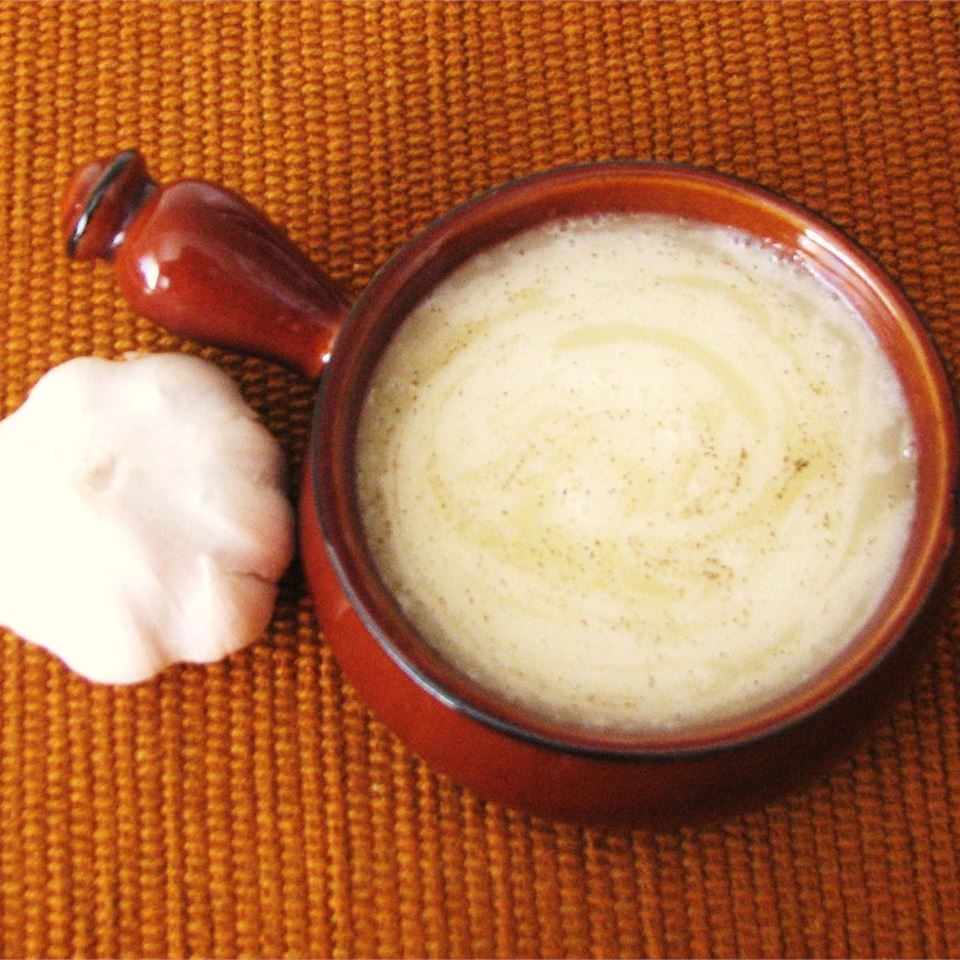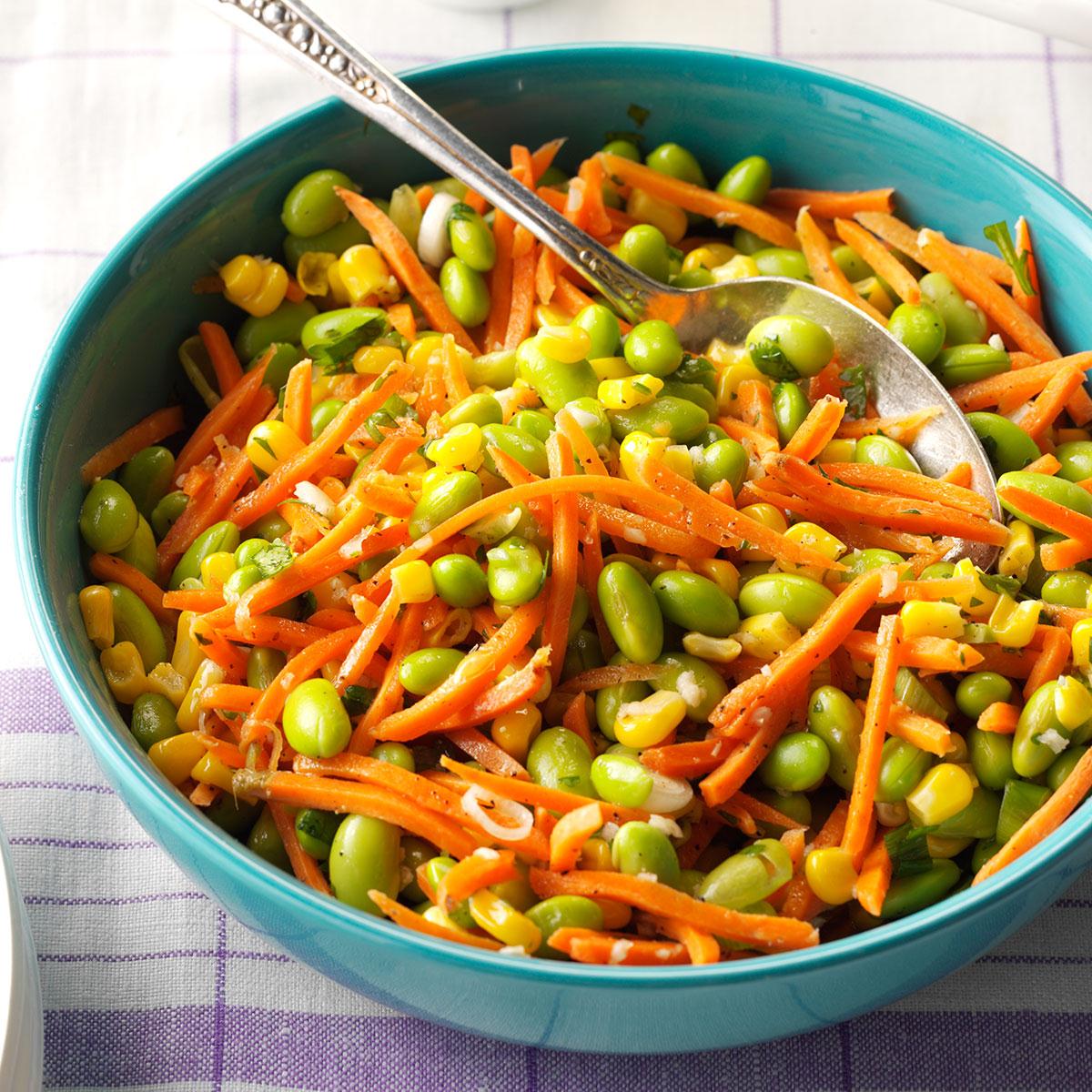**Sauerkraut: A Tangy, Fermented Cabbage Dish with a Plethora of Culinary Possibilities**
Sauerkraut, a traditional fermented cabbage dish, is a culinary delight that has captivated taste buds for centuries. Originating in ancient China, this tangy, sour dish has found its way into various cuisines worldwide, each offering unique interpretations and flavors. From the classic German sauerkraut, a staple in hearty meat dishes, to the Alsatian choucroute, a flavorful combination of sauerkraut, meats, and wine, sauerkraut's versatility knows no bounds. Whether enjoyed as a standalone side dish, incorporated into salads, or used as a piquant ingredient in soups and stews, sauerkraut adds a distinctive sourness and depth of flavor to any dish. This article presents a collection of carefully curated sauerkraut recipes, each showcasing the diverse culinary applications of this fermented delicacy. From traditional German sauerkraut with juniper berries and caraway seeds to a refreshing Asian-style slaw with a tangy dressing, these recipes offer a culinary journey through the world of sauerkraut.
HOME CANNED SAUERKRAUT

How to safely make and can homemade safe, quality sauerkraut, using tested USDA guidelines.
Provided by Healthy Canning
Categories Condiments
Time 45m
Number Of Ingredients 2
Steps:
- Take cabbage, discard outer leaves.
- Wash heads under running water, shake excess water off.
- With a large knife such as a French knife, quarter the cabbage heads.
- Cut out and discard the cores.
- Slice the quartered cabbage into slices about 2 mm (.07 inches) thick (the thickness of a US / Cdn quarter or a 10 p piece.)
- Put cabbage either into a very large bowl or directly into the container you are going to use to ferment it in - whatever you prefer to be working in.
- Sprinkle the salt over and mix in.
- Some sources say to let it stand a bit so the salt will start drawing at least a bit of liquid out. Some suggest 10 minutes; the All New Ball says cover it and let stand for an hour.
- Begin pounding / crushing the cabbage, and keep on crushing it until a good amount of liquid has been released from the leaves.
- Ideally, you are going to be aiming for enough released liquid to cover the cabbage once in the fermenting container, but you may rarely get it at this point -- don't worry.
- Add to fermenting container, if it's not already.
- If you are doubling, tripling or quadrupling the recipe, start the next batch of cabbage now, then add to container.
- Repeat until you have prepped all the cabbage you planned to.
- When you are finished crushing, if the cabbage is not already in the fermentation container, move it all there.
- Be sure to leave a gap of 10 to 12 cm (4 to 5 inches) between the cabbage in the container, and the top rim of the container as headspace.
- If you have more cabbage than that, you'll need another container.
- If the juice you were able to produce was not sufficient to cover the cabbage, then make a brine (see directions below) and use that to top up with. (To be clear: you are not aiming to fill the container to the top rim with liquid; you are after enough liquid to completely submerge all the cabbage by 2 to 5 cm / 1 to 2 inches.) FIRST, though, see Linda Ziedrich suggestion in Brine section: she suggests waiting 24 hours to see if it will produce enough juice on its own before adding the extra brine.
- Cover cabbage with some sort of weight (see Weights Options below) to keep it safely below the surface of the liquid.
- Cover container with a large towel.
- Let ferment for 3 to 4 weeks or until cabbage is translucent.
- During fermentation, you may or may not need to check the cabbage frequently. It depends on the weights you use (see Weights Options below).
Nutrition Facts : ServingSize 1 g, Calories 40 kcal, Carbohydrate 8 g, Protein 6 g, SaturatedFat 8 g, Sodium 1500 mg, Fiber 6 g
HOMEMADE SAUERKRAUT
You only need two ingredients (and a little patience) to make fresh, zippy homemade sauerkraut at home. Put down that jar and get those brats ready! -Josh Rink, Taste of Home Food Stylist
Provided by Taste of Home
Time 45m
Yield 40 servings (about 10 cups).
Number Of Ingredients 3
Steps:
- Quarter cabbages and remove cores; slice 1/8 in. thick. In an extra-large bowl, combine salt and cabbage. With clean hands, squeeze cabbage until it wilts and releases liquid, about 10 minutes. If desired, add optional ingredients., Firmly pack cabbage mixture into 4-quart fermenting crock or large glass container, removing as many air bubbles as possible. If cabbage mixture is not covered by 1-2 inches of liquid, make enough brine to cover by 1-2 inches. To make brine, combine 4-1/2 teaspoons canning salt per 1 quart of water in a saucepan; bring to a boil until salt is dissolved. Cool brine before adding to crock., Place crock weight over cabbage; the weight should be submerged in the brine. Or, place an inverted dinner plate or glass pie plate over cabbage. The plate should be slightly smaller than the container opening, but large enough to cover most of the shredded cabbage mixture. Weigh down the plate with 2 or 3 sealed quart jars filled with water. If using a glass container with a lid, cover the opening loosely so any gas produced by the fermenting cabbage can escape. Alternately, you can cover the opening with a clean, heavy towel. If using a crock, seal according to manufacturer's instructions. , Store crock, undisturbed, at 70°-75° for 3-4 weeks (bubbles will form and aroma will change). Cabbage must be kept submerged below surface of the fermenting liquid throughout fermentation. Check crock 2-3 times each week; skim and remove any scum that may form on top of liquid. Fermentation is complete when bubbling stops. Transfer to individual containers. Cover and store in the refrigerator for up to 3 months.
Nutrition Facts : Calories 11 calories, Fat 0 fat (0 saturated fat), Cholesterol 0 cholesterol, Sodium 344mg sodium, Carbohydrate 3g carbohydrate (1g sugars, Fiber 1g fiber), Protein 1g protein.
EASY HOMEMADE SAUERKRAUT
Sauerkraut has been a staple for hundreds of years. This is great on its own or as a topper for a variety of foods. Refrigerate or freeze sauerkraut once it is fermented.
Provided by Ellie
Categories Side Dish Sauces and Condiments Recipes Canning and Preserving Recipes Pickled
Time P7DT25m
Yield 24
Number Of Ingredients 5
Steps:
- Mix cabbage, onion, sea salt, and garlic together in a bowl. Firmly pack mixture into a large, clean, food-grade plastic bucket. The cabbage will start to make its own brine as the salt starts to draw out the water of the cabbage.
- Fill a large, clean, food-grade plastic bag with water and place over the salted cabbage mixture so none of the cabbage is exposed to air.
- Allow cabbage to ferment in a cool, dry place, 1 to 4 weeks (depending on how tangy you like your sauerkraut). The temperature of the room you ferment the sauerkraut in should not rise above 70 degrees F (21 degrees C).
Nutrition Facts : Calories 28 calories, Carbohydrate 6.5 g, Fat 0.1 g, Fiber 2.5 g, Protein 1.3 g, Sodium 677.8 mg, Sugar 3.4 g
CANNING SAUERKRAUT

I needed a recipe for canning saurkraut and someone was nice enough from the boards to recommend a site to me. So I am posting this recipe on here. (After checking my mothers recipe's she had this recipe.) I know that we loved it!
Provided by Shon Marie
Categories Low Protein
Time 50m
Yield 12 quarts, 4 serving(s)
Number Of Ingredients 2
Steps:
- Remove outer leaves and any undesirable portions from firm mature heads of cabbage; wash and drain. Cut into halves or quarters; remove core. Use a shredder or sharp knife to cut cabbage into thin shreds about the thickness of a dime.
- In a large bowl, thoroughly mix 3 tablespoons salt with 5 lbs. shredded cabbage. Let salted cabbage stand for several minutes to wilt slightly; this allows packing without excessive breaking or bruising of the shreds.
- Pack salted cabbage firmly and evenly into a large, clean pickling container. Using a wooden spoon, tapper or hands, press down firmly until the juice comes to the surface.
- Repeat shredding, salting and packing of cabbage until the container is filled to within 3 to 4 inches of the top. If juice does not cover cabbage, add brine: 1 1/2 tablespoons salt to 1 quart water; bring brine to a boil; cool.
- Cover cabbage with muslin or cheesecloth and tuck edges down against the inside of the container. Weight down cabbage under brine. Formation of gas bubbles indicates fermentation is taking place. Remove and discard scum formation each day. A room temperature of 70 degrees to 75 degrees F is best for fermenting cabbage. Fermentation is usually complete in 3 to 6 weeks.
- TO CAN: Bring sauerkraut to a simmer (185 to 210degrees F). Do not boil. Pack hot cabbage into hot jars, leaving 1/2 inch headspace. Remove air bubbles. Adjust caps. Process pints 15 minutes, quarts 20 minutes, in a boiling water canner.
Nutrition Facts : Calories 1364.4, Fat 6.8, SaturatedFat 0.9, Sodium 45013.6, Carbohydrate 317.2, Fiber 130.8, Sugar 203.5, Protein 81.9
Tips:
- Choose firm, fresh cabbage heads for the best sauerkraut.
- Use a sharp knife or mandoline to thinly slice the cabbage.
- Add salt to the cabbage and massage it until it releases its juices.
- Pack the cabbage tightly into a clean glass jar or crock.
- Cover the cabbage with a brine made from water, salt, and sugar.
- Add a weight to the top of the cabbage to keep it submerged in the brine.
- Ferment the sauerkraut in a cool, dark place for 4-6 weeks.
- Once the sauerkraut is fermented, it can be stored in the refrigerator for up to 6 months.
Conclusion:
Sauerkraut is an easy-to-make and versatile fermented food that can be enjoyed in many different ways. It is a good source of probiotics, which are beneficial bacteria that can improve gut health. Sauerkraut can also be a good source of vitamin C and other nutrients. If you're looking for a healthy and delicious way to add probiotics to your diet, sauerkraut is a great option.
Are you curently on diet or you just want to control your food's nutritions, ingredients? We will help you find recipes by cooking method, nutrition, ingredients...
Check it out »
You'll also love










